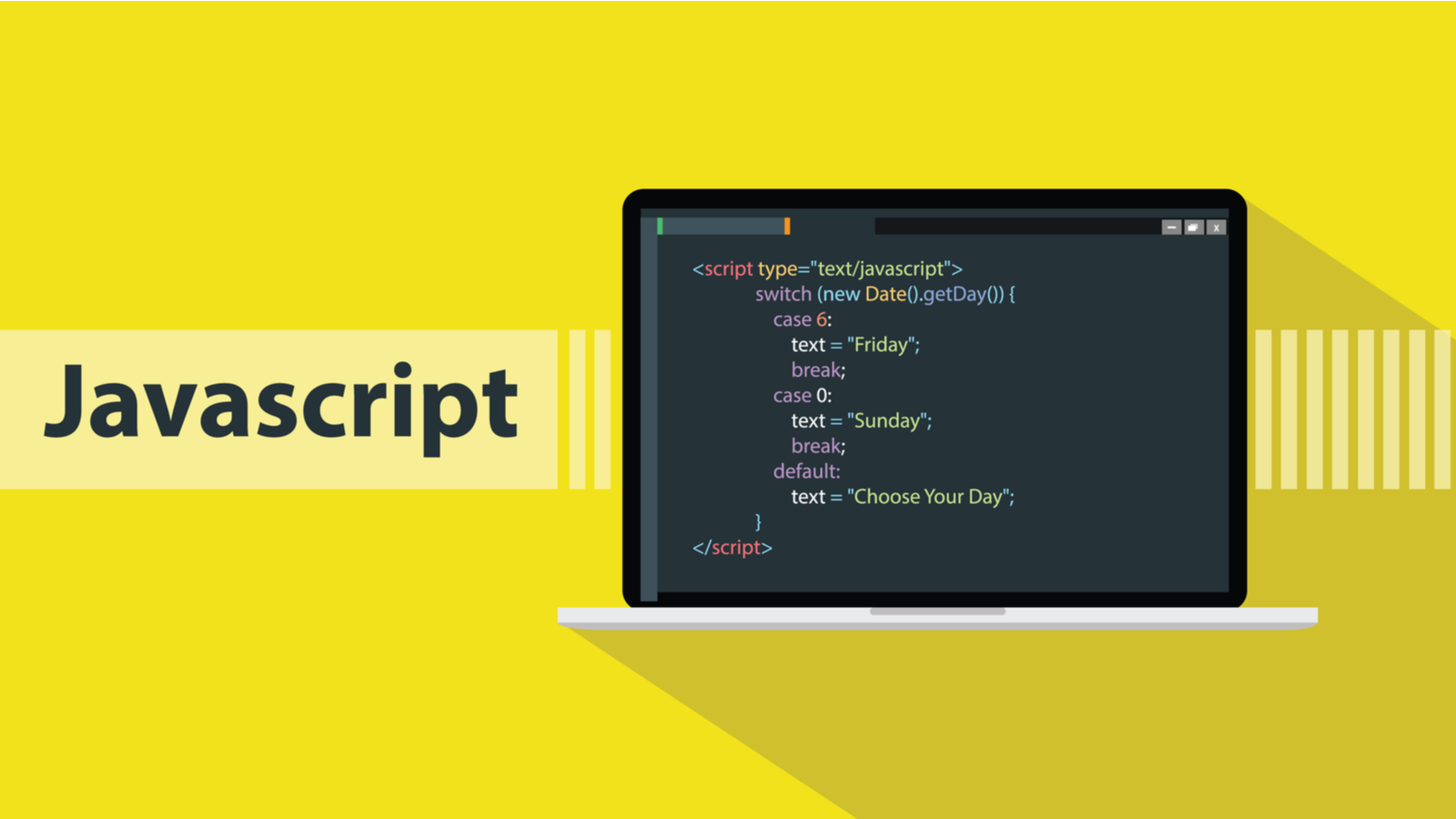747 字
4 分钟
手写call,apply,bind方法
TIP简单总结一下,手动实现JavaScript原生call,apply,bind方法
一、如何改变js中this指向问题?
1. 通过ES6的箭头函数(指向函数定义时的this)
2. 通过call,bind,apply改变this指向
二、call,bind,apply三者的主要区别
- call,bind,apply这三个方法的第一个参数都是 this的指向对象
- 第二个参数: call和bind都是接收参数列表,apply接收的是一个包含多个参数的数组(也可以是类数组)
- bind方法不会立即执行,而是返回一个新的函数,调用新函数的时候才会执行目标函数
三、手动实现call,bind,apply方法
1.手动实现apply方法
// 注意,并未进行错误判断
Function.prototype.myApply = function (context,args) {
// 这里默认不传就指向window,也可以用es6语法给参数设置默认参数
context = context || window
args = args ? args : []
// 给context新增一个独一无二的属性一面覆盖原有属性
const key = Symbol()
context[key] = this
// 通过隐式绑定的方式调用函数
const result = context[key](...args)
// 删除添加的属性
delete context[key]
// 返回函数调用的返回值
return result
}
2. 手动实现call方法
// 与apply类似,只不过传递参数从一个数组编程逐个传参了,不用...扩展运算符的话也可以用arguments对象代替
Function.prototype.myCall = function (context,...args) {
// 这里默认不传就是给window
context = context || window
const key = Symbol()
context[key] = this
// 通过隐式绑定的方式调用函数
const result = context[key](...args)
// 删除添加的属性
delete context[key]
return result
}
3. 初步实现bind方法
bind()方法创建一个新的函数,在bind()被调用时,这个新函数的this被bind的第一个参数指定,其余的参数将作为新函数的参数供调用时使用。
//要注意的是,bind方法不会立即执行,而是返回一个新函数
Function.prototype.myBind = function (context,...args) {
//目标函数
const fn = this
return function newFn(...newFnArgs) {
return fn.apply(context,[...args,...newFnArgs])
}
}
但是,请注意,如果直接这样写,当你使用构造函数new的时候,会有一些问题(导致new出来的实例与原型链断开)请看下面的例子
Function.prototype.myBind = function (context,...args) {
const fn = this
return function newFn(...newFnArgs) {
return fn.apply(context,[...args,...newFnArgs])
}
}
function func(...arg) {
console.log(this)
console.log(arg)
}
//在fnc的原型上定义一个方法
func.prototype.test = function() {
console.log(this)
}
//下面我们使用构造函数测试一下
let newFunc1 = func.bind({a:1},1,2,3,4) // 原生的bind
let newFunc2 = func.myBind({a:1},1,2,3,4) // 我们的bind
let f1 = new newFunc1(5,6,7,8)
let f2 = new newFunc2(5,6,7,8)
console.log('-----原生bind-----')
console.log(f1.test) // 正确的test方法
console.log('-----myBind-----')
console.log(f2.test) // undefined
4. 最终实现bind方法
接下来我们来解决使用构造函数时的bug
Function.prototype.myBind = function (context,...args) {
const fn = this
return function newFn(...newFnArgs) {
if(this instanceof newFn) {
// 在此加一个判断,如果这个被返回的函数作了构造函数的话,把args也作为参数传进去
return new fn(...args,...newFnArgs)
}
return fn.apply(context,[...args,...newFnArgs])
}
}
手写call,apply,bind方法
https://blog.oceanh.top/posts/frontend/手写callapplybind方法/
